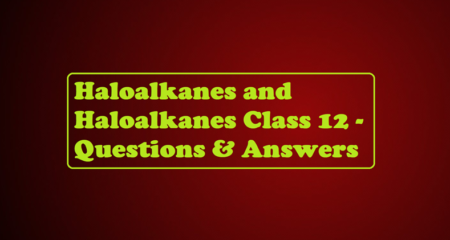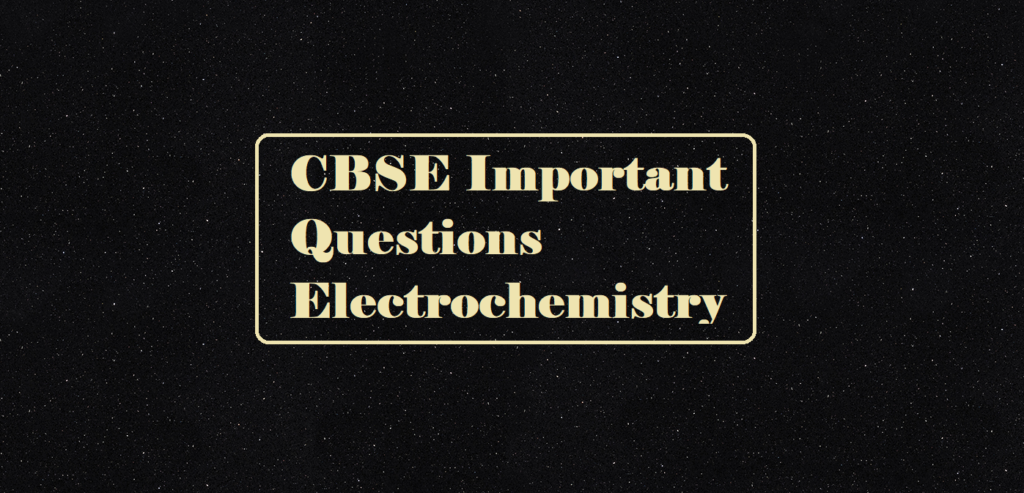Amines – Quick Key Points
Amines – Quick Key Points
1. Amines are alkyl or aryl derivatives of NH3
2. Functional groups of 1º, 2º, and 3º amines are respectively as given below:
-NH2, -NH-, -N-
|
3. Gabriel phthalimide synthesis can’t be used for the preparation of 2º and 3º amines. It gives aliphatic primary amine only.
4. Hoffmann’s bromamide reaction gives 1º amines having one carbon atom less than parent primary amide.
5. The order of basic strength of aliphatic amines is:
(i) Aliphatic amines are more basic than NH3.
(ii) In aqueous solution medium, the order is 2º > 1º > 3º (for –CH3 group) and 2º > 3º > 1º for – C2H5 group.
(iii) In non-aqueous medium or gaseous phase, the order is 3º > 2º > 1º.
6. Basic strength of aromatic amines:
(i) Aromatic amines are weaker bases than NH3
(ii) ERGs like – CH3, – OR, – NH2, etc. increase basic strength while EWGs like – NO2, – CN, etc. decrease the basic strength. The effect of substituents is more at para positions and less at the meta positions.
7. The basic strength of amines is expressed in terms of Kb or pKb.
8. 1º, 2º, and 3º amines can be distinguished by Hinsberg’s test.
9. Hinsberg’s reagent is benzenesulphonyl chloride (C6H5SO2Cl).
10. 3º amines like trimethylamine are used as insect attractants.
11. Diazonium salts are represented by the general formula [Ar N ≡ N]+X–. where X is a halogen.
12. Structure of amines: Pyramidal for trimethylamine (CH3)3N Lewis bases.
13. Aliphatic amines are more basic than NH3. i.e., CH3NH2 > NH3
14. Aniline is less basic than NH3 (i.e., C6H5NH2 < NH3).
15. Carbylamine test only given by 1º amines.
16. 1º amines give effervescence with HNO2.
17. – NH2 group in aniline is o- and p- directing and is highly activating in nature.
18. Acylation of aniline is done before subjecting it to nitration or halogenation.
19. R – C ≡ N have generally pleasant odours but alkyl isocyanides have highly unpleasant odours.
20. Alkyl isocyanides have lower boiling points than of isomeric alkyl cyanides due to lower dipole moments.
Amines – Quick Key Points


